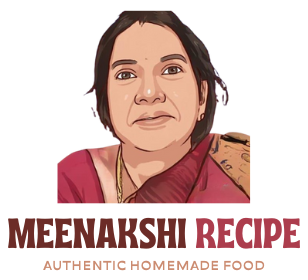Kesari Rava — the star ingredient behind the beloved South Indian sweet dish Kesari Bath — is a kitchen essential found in homes across India. Whether you’re preparing a quick breakfast or a festive dessert, Kesari Rava (also known as fine rava or Chiroti rava) plays a vital role in delivering that soft, melt-in-the-mouth texture.
But if you’ve ever found yourself asking,
 What is Kesari Rava?
What is Kesari Rava?
Before we dive into prices, let’s quickly clarify:
Kesari Rava is not a special variety of wheat — it is fine semolina (rava/sooji), milled from durum wheat and known for its smooth texture. It is the key ingredient in dishes like:
Kesari Bath
Rava Laddu
Sheera
Chiroti (delicate layered sweet from Karnataka)
It’s called “Kesari” because it’s often used in the orange-colored dessert of the same name.
 Kesari Rava Price Per Kg (as of 2025)
Kesari Rava Price Per Kg (as of 2025)
The cost of Kesari Rava per kg depends on several factors including:
Brand
Packaging
Quality (fine vs regular grind)
Region (urban vs rural stores)
 Average Price Range:
Average Price Range:
| Quality/Brand Type | Price per kg (INR) |
|---|---|
| Local Mill/Loose Rava | ₹35 – ₹50 |
| Branded (basic) | ₹60 – ₹80 |
| Premium (Chiroti Rava) | ₹80 – ₹120 |
| Organic/Keto-friendly | ₹120 – ₹180+ |

 Popular Brands Offering Kesari Rava
Popular Brands Offering Kesari Rava
If you’re looking for trusted options, here are a few widely used brands:
24 Mantra Organic – Higher-end, organic
MTR – Reliable and popular in South India
Annapurna – Budget-friendly
GRB Sooji Fine Rava
Aashirvaad Rava
All of them offer both regular and fine variants — make sure to check the label for “fine rava” or “Chiroti Rava” if you’re making sweets.
 Buying Tips for Kesari Rava
Buying Tips for Kesari Rava
Look for Fineness: Run a small pinch between fingers. Fine rava feels smooth, not gritty.
Smell It: Should have a clean, wheat-like aroma. Avoid if it smells oily or musty.
Avoid Old Stock: Check for freshness. Rava can go rancid if stored improperly.
For Sweets: Choose extra-fine/Chiroti rava for best results in kesari bath and laddus.
 Local Store vs Online
Local Store vs Online
Local Kirana shops: May offer lower prices in bulk but check hygiene and packaging.
Online Platforms: Easy to compare brands and reviews. Good for organic or premium variants.
Supermarkets: Best for mid-range and branded options. Offers deals and discounts frequently.
 Bonus: How Much Rava Do You Need for Kesari?
Bonus: How Much Rava Do You Need for Kesari?
On average, 1 cup (about 150g) of Kesari Rava makes dessert for 3–4 people.
So if you buy 1kg of fine rava, you can easily prepare Kesari Bath 6–7 times, making it a cost-effective ingredient for frequent cooking.
 Final Thoughts
Final Thoughts
Kesari Rava is affordable, versatile, and essential in Indian kitchens — especially in South Indian cuisine. Depending on the quality and brand, the price typically ranges from ₹60 to ₹120 per kg. Whether you’re buying for everyday use or a festive recipe, choosing the right grind and freshness will ensure your dish turns out perfect every time.

 What is Kesari Rava?
What is Kesari Rava? Kesari Rava Price Per Kg (as of 2025)
Kesari Rava Price Per Kg (as of 2025) Average Price Range:
Average Price Range: Popular Brands Offering Kesari Rava
Popular Brands Offering Kesari Rava Buying Tips for Kesari Rava
Buying Tips for Kesari Rava Local Store vs Online
Local Store vs Online Final Thoughts
Final Thoughts